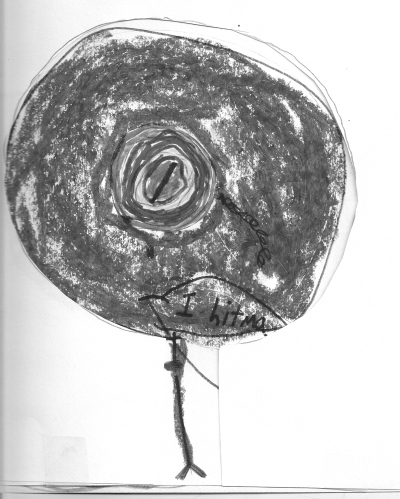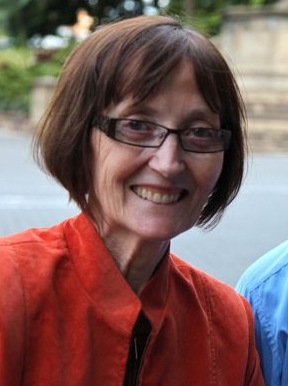Supporting children when a parent is at the end of life – An Interview with Rachel Fearnley
“The news that a parent has a terminal illness generally presents the family with a huge crisis. Everything about family life is catapulted into a maelstrom, routines change and nothing appears to be predictable anymore. If children are not included in conversations about their parent’s illness and possible imminent death they are going to witness all the changes without having any ‘concrete’ knowledge to use as a marker. They will be aware of the changes and know that something is very different but will not be able to form a consistent narrative. As a result they are in danger of piecing together the information they have gleaned and making erroneous conclusions.”









